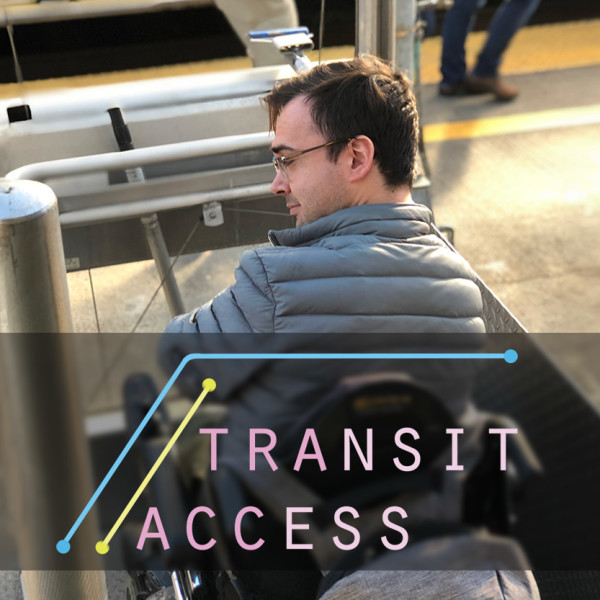
An accessible resource to make public transit navigable for disabled people.
It’s Too Hard to Get Around.
Which stations are wheelchair accessible? How do you get on the train? It shouldn’t be so hard to find out. Transit Access changes that.
Where’s the Damn Elevator?!
It’s never easy to find a street elevator. Transit Access has every transit elevator mapped in New York City and San Francisco.
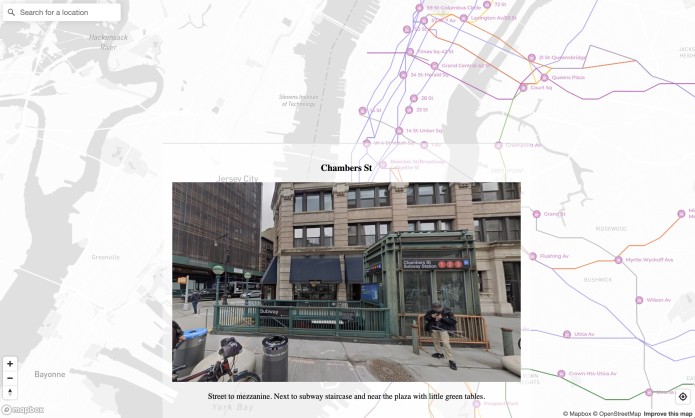
IMAGE DESCRIPTION: the Transit Access web app, showing the Chambers St. elevator in NYC
Out of service, AGAIN?!
Know before you go. Elevator service is all right here, in real-time.
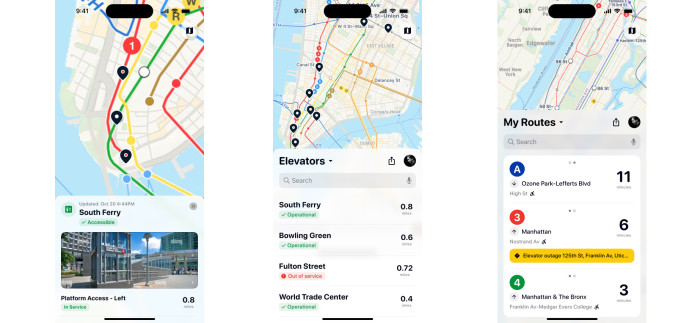
IMAGE DESCRIPTION: mockups of the Transit App mobile app, showing elevators in and out of service.
MEET THE CREATOR

IMAGE DESCRIPTION: a headshot of Joel in a blue checkered shirt.
Hi. My name’s Joel. I’m a musician and coder based in NYC. I’m also a power wheelchair user, and I take buses, subways, and trains every day.
I believe that public transit makes communities better. I also know that it’s stressful to use transit while disabled.
Transit Access is an app that puts accessibility first. It’s your first resource to check when you an elevator is out of service; when you don’t know where to board; when you don’t know the accessible signage to look for; when you feel the anxiety of an inaccessible world and want more information.
I can’t solve every accessibility problem you encounter, but I can ease your journey through it.
Help me make Transit Access!
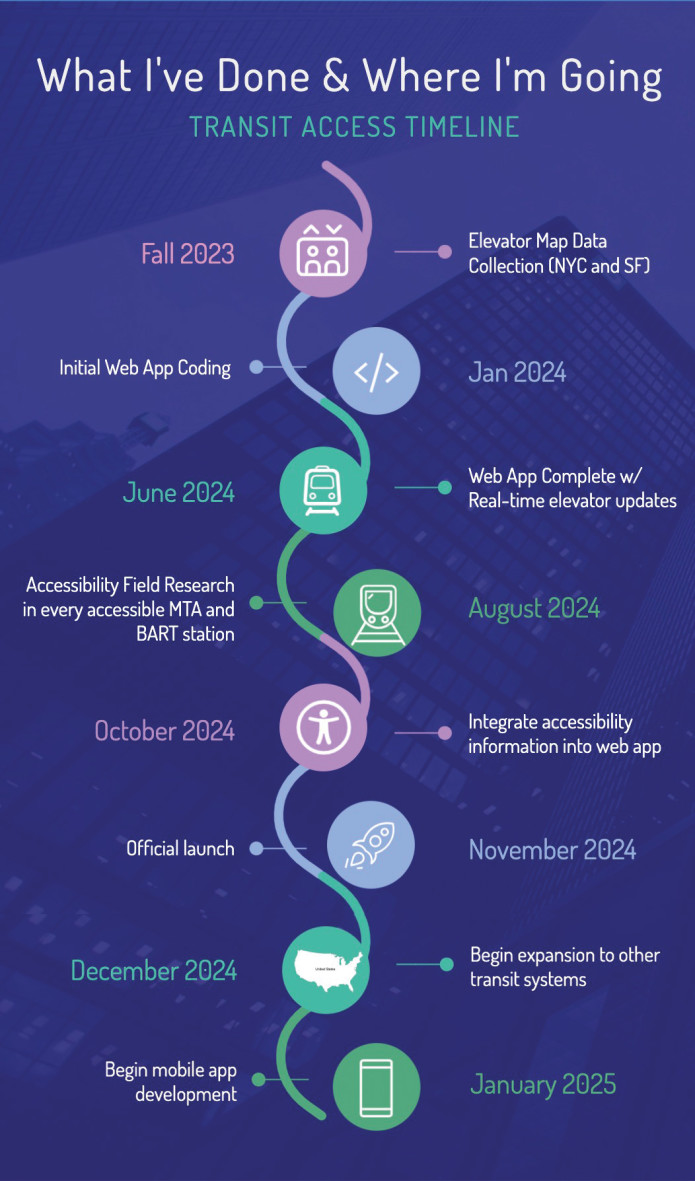
IMAGE DESCRIPTION: A timeline of development. Elevator data collection in Fall 2023. Initial web app coding Jan 2024. Web app complete June 2024. Accessibility Field Research August 2024. Integrate gathered accessibility info to web app October 2024. Official launch Nov 2024. Expand to other systems Dec 2024. Begin mobile app development Jan 2025.

STUCK IN THE MIDDLE OF A STAIRCASE SANDWICH
Once, I got stuck at 19th Street station in Oakland, CA, on the middle level, because the elevator was out of service, and there were no more trains for the night. I couldn’t go up, and I couldn’t go down.
BART had to reroute a train to pick me up, and I entered a mob of angry train riders who were furious — at me — that I inconvenienced them. This is one of countless stories I’ve experienced with a broken elevator and a system designed against my comfort. I know I’m not alone.
Disabled people shouldn’t have to shoulder the blame for inaccessibility.
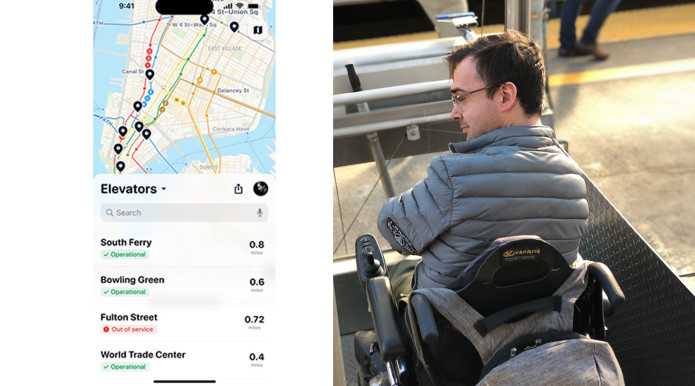
IMAGE DESCRIPTION: on the left, a prototype of the app. On the right, Joel in his wheelchair, from behind.
THE SOLUTION
I can’t fix a broken elevator. I can create a tool with clear communication about an outage.
I can’t lower the gap between a train and a platform. I can create a tool that shows you where to board.
I can’t make an inaccessible station accessible. I can create a tool that shows you your best options, alongside crowdsourced lived experience and recommendations from disabled bodies.
Every transit system has quirks and accessibility nuances. Every system presents the information differently.
Transit Access is a centralized hub for your accessibility needs, so you don’t have to dig.

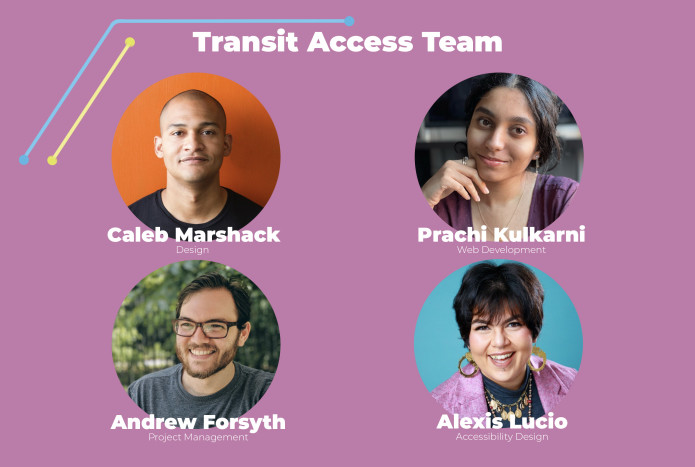
IMAGE DESCRIPTION: Pink background, lists Caleb Marshack, Design; Prachi Kulkarni, Web Development, Andrew Forsyth, project management, Alexis Lucio, accessibility design.
Since beginning this project, more and more people have expressed interest in helping to develop this. I’m not alone, and more will come.
HELP ME CREATE TRANSIT ACCESS
I’ve done what I can without any funding. At this point, to get it right, I need to dedicate time to finish the web app, research individual stations, and migrate it to a mobile app. That’s where you come in. Please donate what you can, and pass it to people who you think can help!


